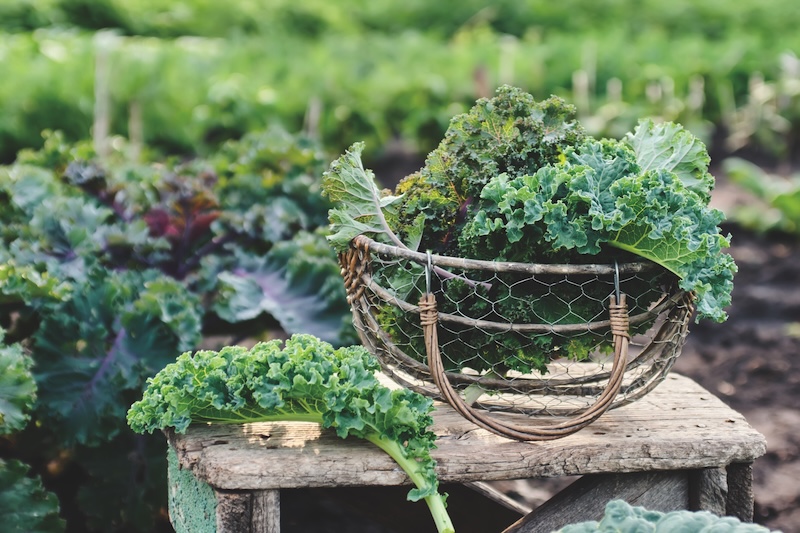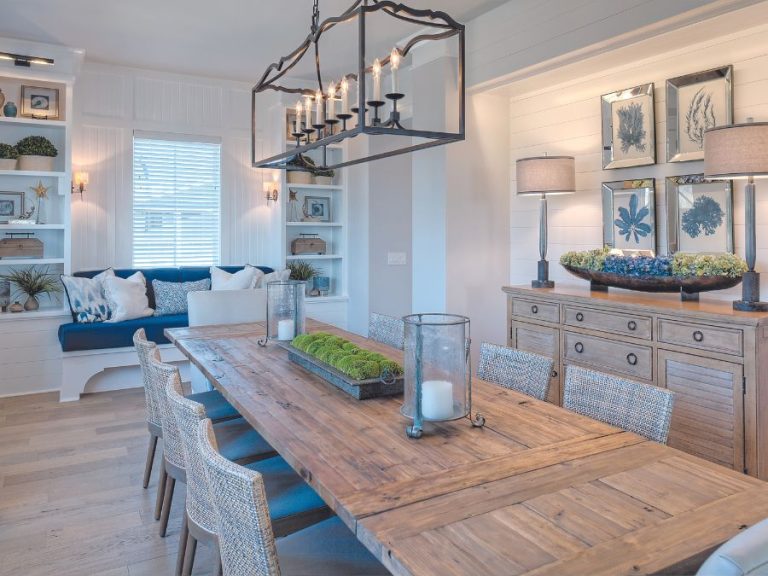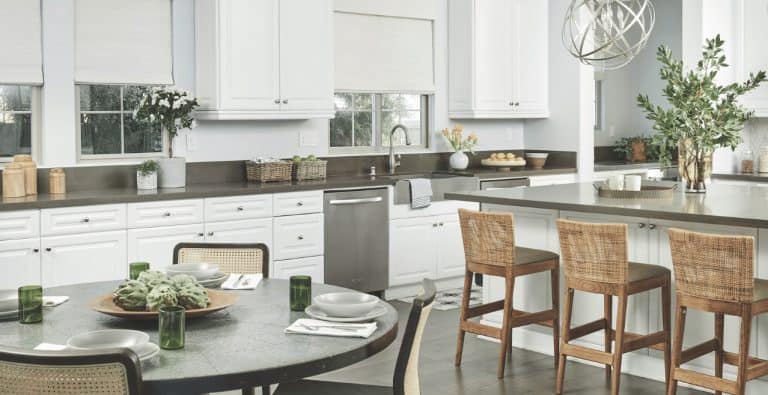Fall Gardening Guide for the Lowcountry: What to Plant, When to Water and How to Prep Your Plants
Your fall garden game plan
Story by Sheila Paz

A successful garden is all about timing, and fall is full of opportunities. Whether you’re aiming for a backyard harvest this fall or simply wanting to give your plants a better shot at thriving, now is a great time to reset, refresh and replant. To help you make the most of the upcoming season, we turned to Suzanne Barton, manager of The Green Thumb, for her expert advice on what to grow, how to water and simple steps to keep your landscape healthy and productive.
[LOCAL Life] I want to plant vegetables for the fall. What should I do? [Suzanne Barton] August is a great time to get your fall garden started. As summer winds down and cooler weather approaches, now is the perfect time to plant leafy greens like arugula, bok choy, spinach, kale, peas and beans. Wait until early September for broccoli and cauliflower, as they prefer cooler temperatures. If herbs are on your to-do list, plant perennials such as sage, thyme, oregano, rosemary and chives. It is also a great time to mix organic matter like mushroom compost to refresh your soil after the rainy season. Your garden will thank you next year.
[LL] I’ve noticed my plants drying out faster than usual. Could the wind be to blame? [SB] Absolutely! The wind indeed plays a vital role in drying out your plants. As water moves through the roots and transpires through the leaves, wind speeds up this drying process almost as much as sunlight does. I recommend watering thoroughly in the early morning for optimal results. If you’re using irrigation, try turning your sprinklers on two to three times a week for longer durations. A handy tip I absolutely love is to use a plastic plant saucer and place it next to your plants. Check later for how much water is collected in the saucer. If you see one to two inches of water, you’re doing a great job watering your yard. If not, it’s a good sign you may need to water for a bit longer. Just remember to keep an eye on the weather. If it’s been raining, you might not need to water as much.
[LL] How do I get my roses ready for the fall? [SB] Roses are known for being heavy feeders. They can deplete the micro nutrients in the soil, so it’s important to give the soil a little boost before fall arrives. I recommend using a specialized rose fertilizer that offers a slow release of nutrients. Whether your roses are planted in the ground or in containers, make sure to fertilize the soil regularly, and keep up with deadheading to encourage beautiful blooms.
Greens, beans and growing things
Smart seasonal tips from the Lowcountry Gardening, a trusted guide written and produced by the Lowcountry Master Gardener Association:
“August is a good time to start some fall/winter vegetables. Snap beans, pole beans and half runner beans can be planted from seed. Brassicas such as kale, collard greens, mustard greens, cabbages and cauliflowers will thrive in cooler weather. They may be planted from seed or set out as small plants if they are available.
“If you have grown any hot peppers (Capsicum species) you should have more than you need. Dehydrators are not very expensive and can be used for many foods. Only use dehydrators in a covered or screened porch area when drying peppers. The fumes can cause a reaction including tears, runny nose and breathing difficulties in an enclosed space.
“Continue to deadhead annuals and long-flowering perennials to prolong their blooms. There are many winter annuals that you might consider growing from seed such as violas (including pansies) and snapdragons.”

Excerpted from Lowcountry Gardening, written and published by the Lowcountry Master Gardener Association. Grab a copy of this handy guide to all things Lowcountry gardening for $5 at The Greenery, Bruno Landscape & Nursery, The Green Thumb or the Master Gardener booth at the Bluffton and Port Royal farmers markets. For more info, head over to LowcountryMGA.org.









